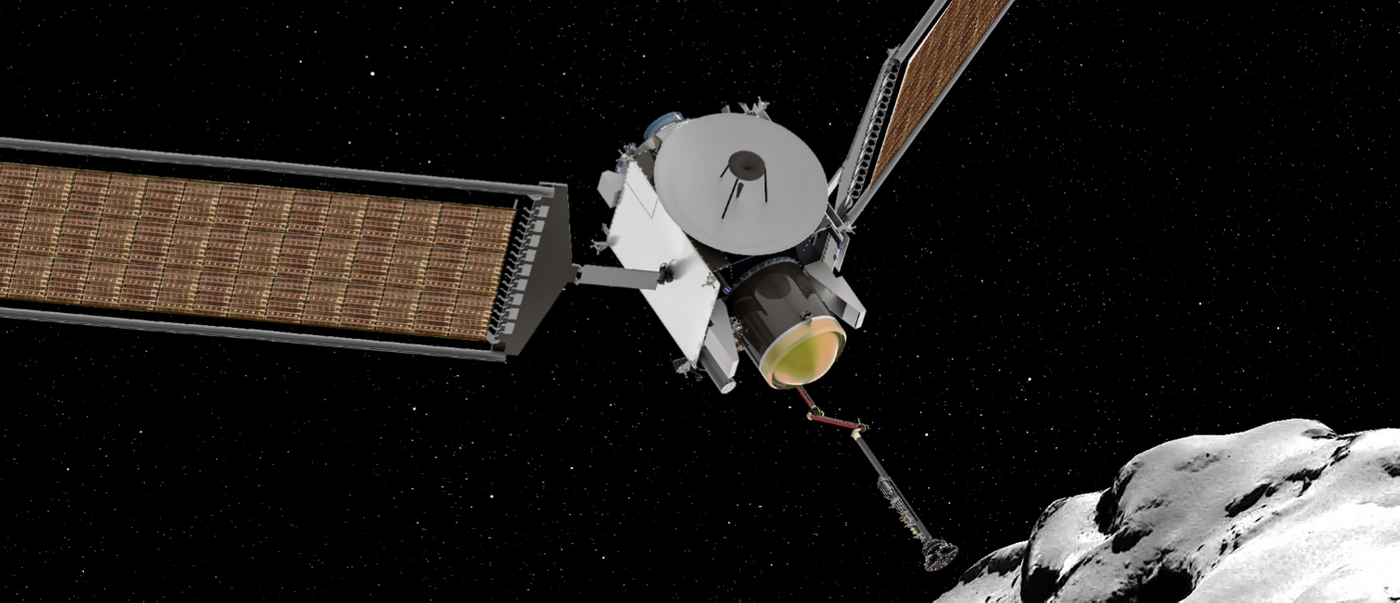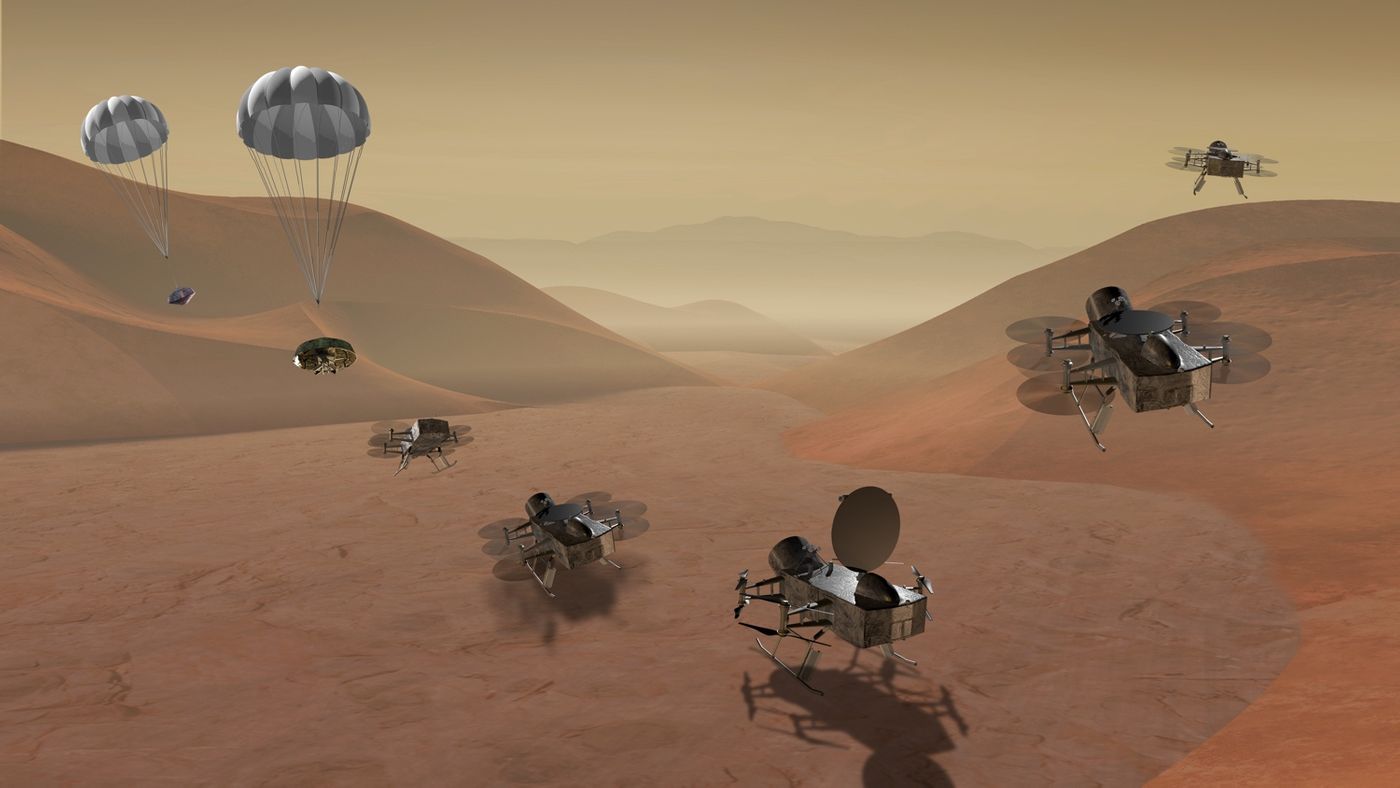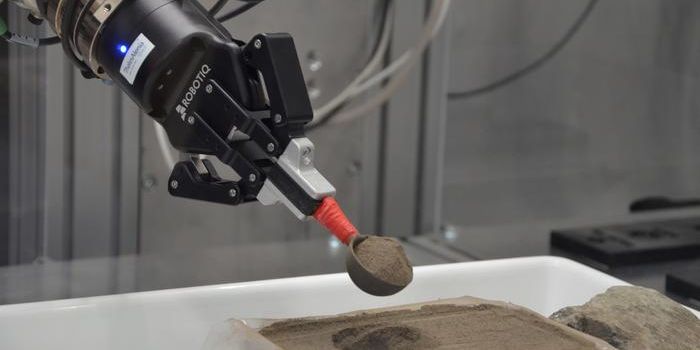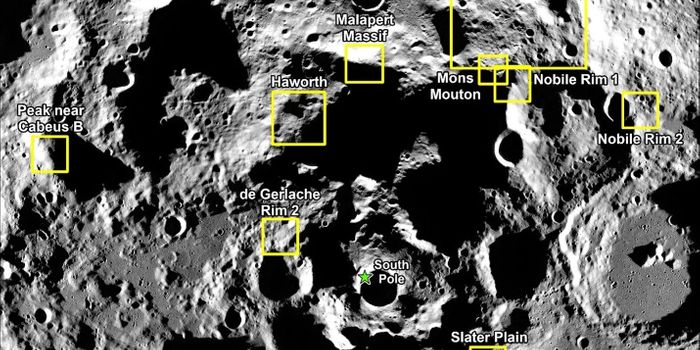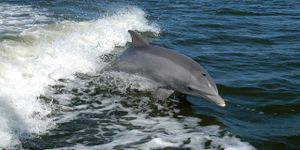NASA Selects Two Finalists for Upcoming Robotic Mission
NASA’s plans to explore the solar system even further through the New Frontiers program are starting to materialize. The United States-based space agency formally selected two concept finalists for an upcoming robotic explorer mission that should take place sometime in mid-2020’s.
One of those concepts, led by Cornell University’s Steve Squyres, is being called Comet Astrobiology Exploration Sample Return (or CESAR for short). For this idea to work, a spacecraft would travel to a comet of interest known as Churyumov-Gerasimenko (A.K.A. 67P) and attempt to collect surface samples to be returned to Earth for analysis.
Image Credit: NASA
The other, led by Johns Hopkins Applied Physics Laboratory’s Elizabeth Turtle, is being called Dragonfly. Rather than exploring comets, this mission would involve visiting one of Saturn’s moons of interest: Titan. Planetary scientists believe that Titan could have a habitable environment, and with that in mind, the focus of this mission would be to go there and look for traces of life, among other things.
"The New Frontiers program is really the premier program for our principal investigators, and indeed it's one of the most difficult programs to be selected for," noted Jim Green, the director of the Planetary Science Division at NASA Headquarters in Washington.
Related: NASA officially names the upcoming Europa mission
Image Credit: NASA
The European Space Agency’s Philae lander and Rosetta spacecraft already studied bits and pieces of comet 67P in the past, but the mission didn’t go as planned after Philae landed incorrectly and stopped functioning. CESAR might offer some much-needed insight about 67P, and perhaps even pick up where the ESA left off. More importantly, we could learn more about its composition and develop a better idea of what comets are actually like.
"Comets are among the most scientifically important objects in the solar system, but they're also among the most poorly understood," Squyres said. It’s hoped that CESAR could change that and expand our understanding of comets even further.
Related: New Horizons' next target could have a moon of its own
As for visiting Titan, Turtle plans to send a drone-like aerial vehicle to study various places of the distant world. It could capture measurements, snap a ton of photographs, and even discern surface composition.
"In this way, we can evaluate how far prebiotic chemistry has progressed in an environment that we know has the ingredients for life—for water-based life or potentially even hydrocarbon-based life," Turtle said. In short, it’ll either validate or disprove what we think we know about Titan, and we might even learn a little more than we bargained for.
Related: NASA's upcoming InSight mission planned for May of 2018
NASA’s next steps will be to decide whether CESAR or Dragonfly will make it to the launch pad. Both missions have the potential to boost our understanding of the solar system around us, so it should be interesting to see which one NASA will officially endorse when the time comes.
